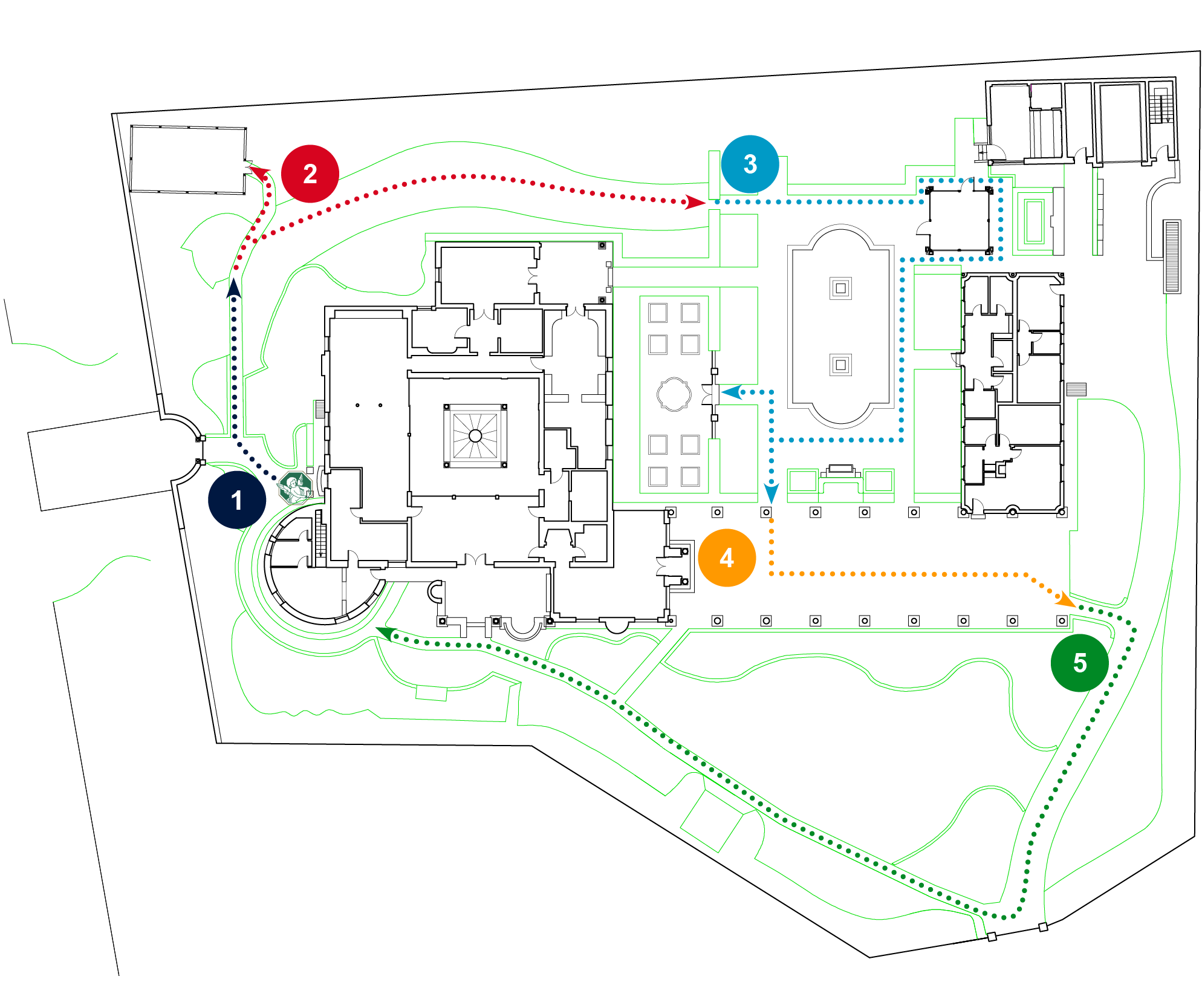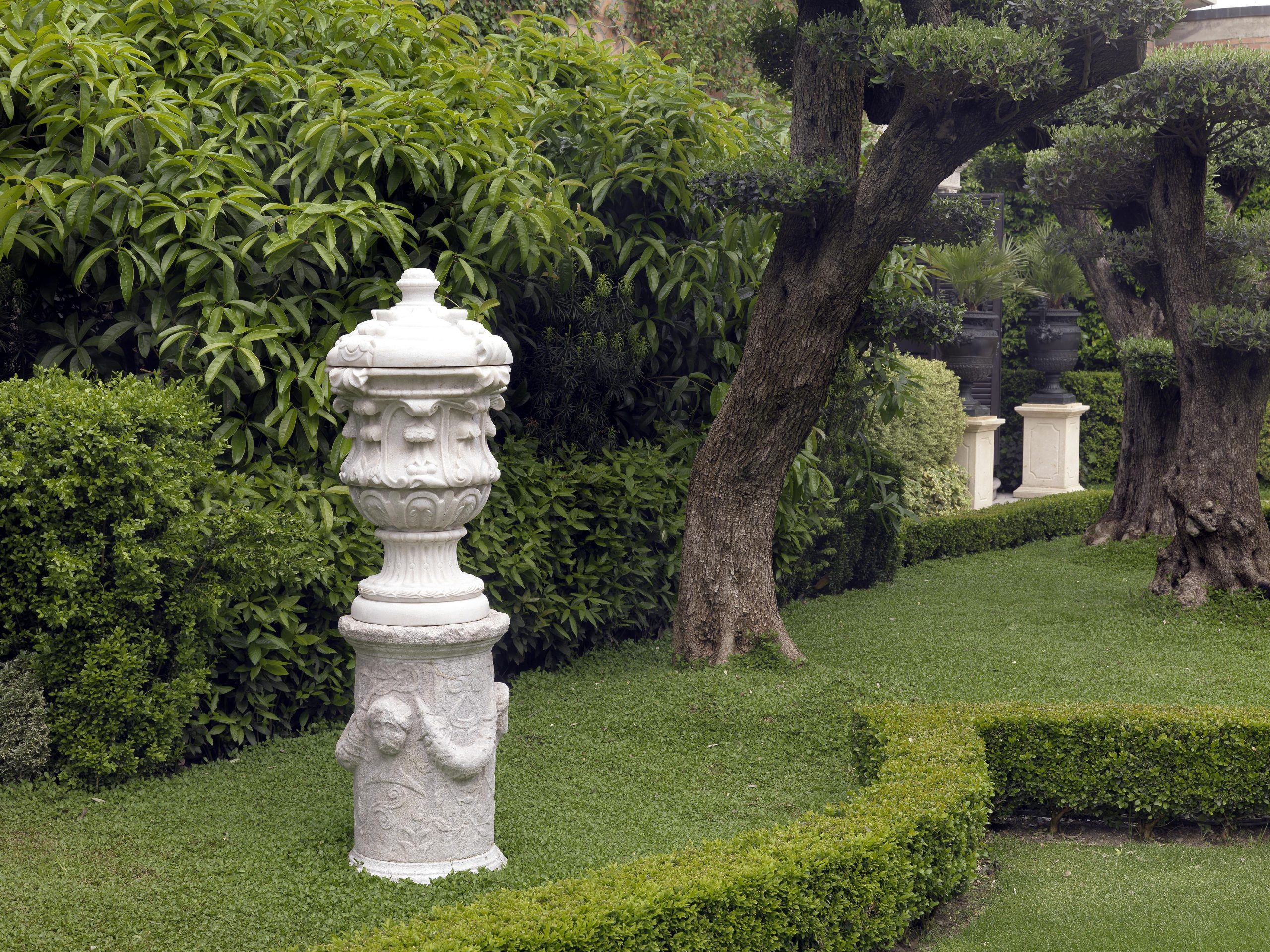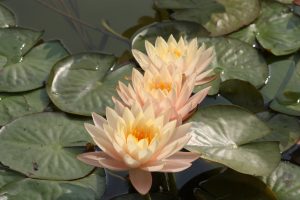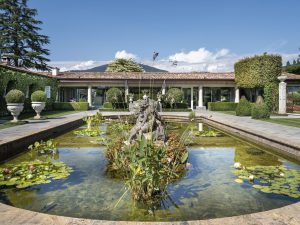The aim of the Paolo and Carolina Zani Foundation for Art and Culture (officially recognized by the Lombardy Region with Presidential decree n. 413 on 10/30/2019, act id. n. 3687) is mainly to preserve, protect, and promote the Casa Museo and the art collection it contains. The Foundation also endeavors to support general culture by allocating funds for the formation of young people, through prizes and scholarships.
The official seat of the Foundation is located in the Casa Museo in Via Fantasina 8, in Cellatica.

The organs of the Foundation are:
The Board of Directors;
The President of the Foundation;
The Board of Auditors;
The Director of the Museum.
The Foundation’s Board of Directors is made up of seven members: Davide Mannatrizio, Patrizia Ondelli, Erika Portesi, Enrico Zampedri, Anna Zani, and Claudia Zola, who is also the President of the Foundation.
The Board of Auditors comprises three members: Marco Mattei, Giovanni Rizzardi, and Andrea Malchiodi, who is also the President of the Board.
Massimiliano Capella is entrusted with the direction of the Museum.

Paolo Zani was an extremely successful entrepreneur in oil&gas and real estate (his most noteworthy enterprises were Liquigas, ReteItalia, and the Brixia Group), an extraordinary supporter of professional bicycle racing (his teams achieved a record number of victories), but above all a brilliant, stubborn, and very refined art collector. The extraordinary collection of paintings and works of applied art built up over thirty years of intense and passionate research is gathered in his family home in Cellatica (BS), where for many years he literally “inhabited art” together with his wife, Patrizia, and their daughter, Carolina. Now their home has become the Casa Museo Paolo e Carolina Zani, open to the public.
After her business studies, a master’s degree from Bocconi University, and a significant experience in a multinational consulting corporation, she was hired by the family business. Carolina was extremely passionate about Egyptian art and an untiring supporter of associations devoted to the protection of the environment and wildlife. The logo with the angel, symbol of the Foundation that manages the Museum and bears her name and her father’s, was inspired by Carolina and her marvelous youth tragically ended by illness.
Grants are the main instruments through which the Paolo e Carolina Zani Foundation supports projects destined to promote general culture, young people, and their formation.
At the moment there are no grants available
JOIN OUR TEAM!
Would you like to be part of our team of volunteers, of surveillance, assistance, and guided tour personnel? You can submit your application at:


Prima di avvicinarsi al laghetto è possibile ammirare sulla sinistra due aiuole separate da una panca in marmo bianco della fine del XIX secolo, scolpita a bassorilievo con tralci di vite, grappoli d’uva e un medaglione centrale con Bacco infante.
Un vero e proprio capolavoro di arte topiaria è l’aiuola di sinistra che ospita 29 piante di bosso
con tagli sferici. Fulcro della progettazione del versante occidentale del giardino è però certamente il ninfeo. La vasca di forma rettangolare ospita una selezione di ninfee, fiori di loto e carpe giapponesi (koi). Il ninfeo è animato anche dai giochi d’acqua di due fontane riconducibili al secondo quarto del XVIII secolo, raffiguranti una Coppia di putti con pesce e delfino mitologico e una Coppia di putti con cigno e vaso rovesciato.
La loro invenzione è debitrice dei modelli realizzati tra il 1672 e il 1674, su disegno del pittore Charles Le Brun per il Théâtre d’Eau, un boschetto nel parco di Versailles a forma di teatro con getti e corsi d’acqua.
All’interno del gazebo si può ammirare un’importante athenienne con vasca in marmo sarrancolin, opera di uno scultore francese dell’ultimo quarto del XVIII secolo ma ispirata a un modello antico: un tripode in marmo della prima metà del II secolo d.C. proveniente dal sito archeologico di Villa Adriana a Tivoli e conservato presso il Museo del Louvre.
Dietro il gazebo una graziosa aiuola rettangolare ospita un cratere di dimensioni monumentali del XVIII secolo, scolpito a bassorilievo con il Trionfo di Bacco. La sua forma è derivata da un noto modello: il cosiddetto Vaso Medici, cratere greco della metà del I secolo a.C., conservato presso la Galleria degli Uffizi.
Sul versante opposto del ninfeo, addossato alla Casa Museo, si trova il giardino di Minerva, una sorta di hortus conclusus dominato da una fontana centrale a doppia vasca in marmo bianco di Carrara, opera del VIII secolo.
Alla sommità poggia un’elegantissima scultura in bronzo raffigurante la dea Atena, opera di uno scultore napoletano della fine del XIX secolo, fusa probabilmente presso la Fonderia Chiurazzi di Napoli.
Ai lati si dispongono simmetricamente quattro aiuole per parte, con allori e bossi potati ad arte entro una cornice variopinta di fioriture stagionali.